There can be your advertisement
300x150
How to Build a Vintage Tableware Collection if You Don't Know Where to Start
Build your first collection with thought and taste
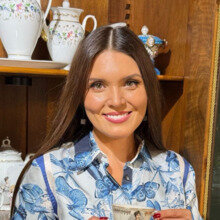 Regina Van VlitDesigner, decorator, antique dealer, collectorFounder of a boutique with unique items with historyDefine what speaks to you
Regina Van VlitDesigner, decorator, antique dealer, collectorFounder of a boutique with unique items with historyDefine what speaks to youStart simple — decide which shapes, colors, and eras inspire you. Perhaps it's Art Deco with its distinctive graphic geometry, romantic porcelain with floral patterns, or the clean lines of modernism. Revisit old movies, browse antique catalogs, and flip through Pinterest — this will help shape the visual direction of your future collection. What resonates with you today may become the foundation for a collection you'll build over many years.
 Choose your focus
Choose your focusTo make your collection cohesive, decide what will be its core:
- One brand (e.g., Haviland, Sèvres, Meissen).
- A specific period (1920s, 1950s, etc.).
- Thematic focus (floral motifs, hunting scenes, monochrome).
- Type of items (tea sets, dessert plates, soup bowls).
Narrowing down your focus makes the process more mindful and engaging. It also helps you avoid spreading yourself too thin, allowing your personal visual style to develop over time.
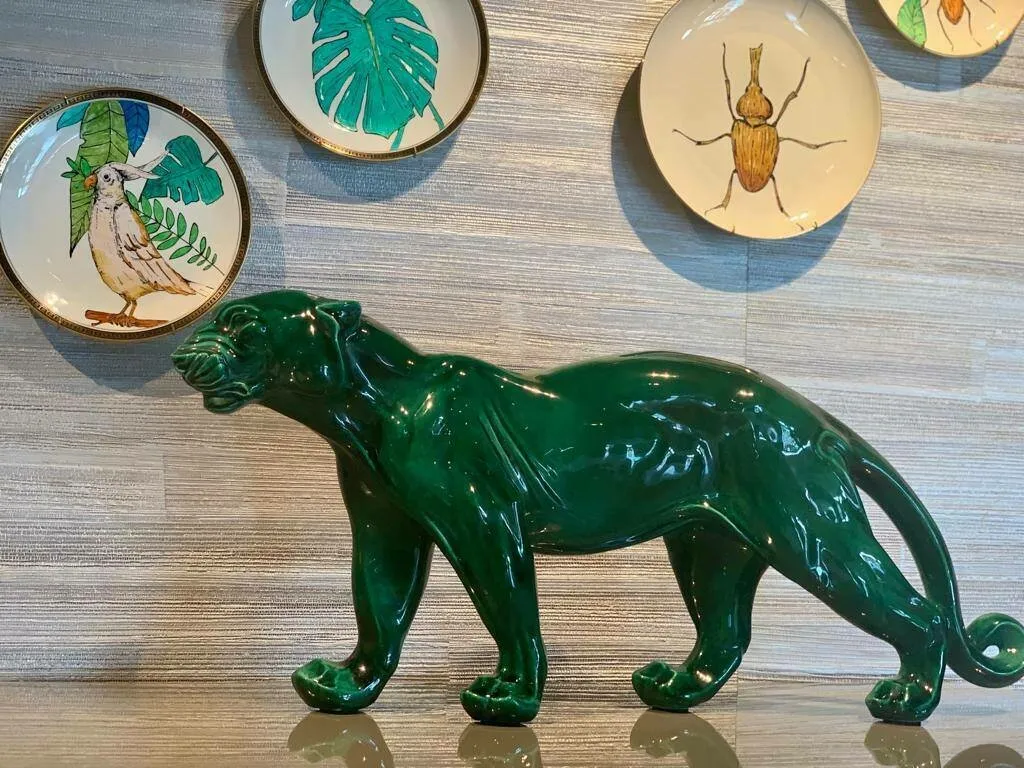 Don't be afraid to mix
Don't be afraid to mixAn ideal collection doesn’t have to be a ‘set.’ Vintage is about eclecticism and character. A table setting where each plate is different but shares a common color palette or mood works beautifully. Just remember the balance: let each piece stand out, and together they’ll create a unified feeling.
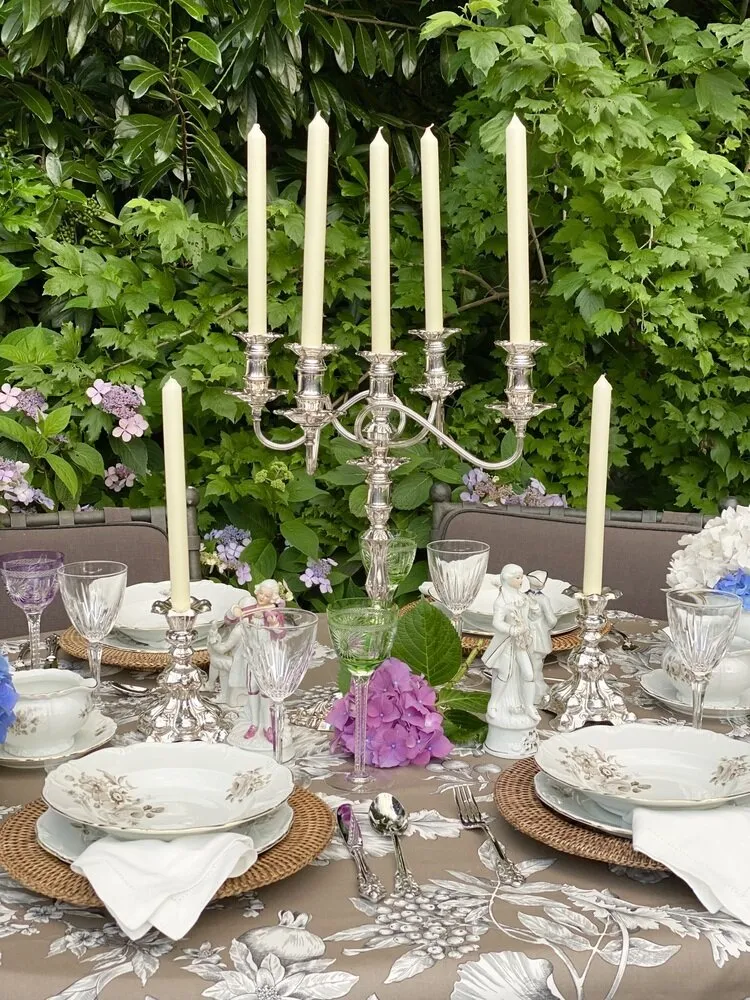 Buy with intention
Buy with intentionThe best finds can be made in antique shops, flea markets, small village stores, or even in grandmother’s chests. Great sources include online platforms (Etsy, eBay), vintage websites, and European auctions. It’s important to carefully review sellers and request additional photos of items. When purchasing, pay attention to the condition: light signs of age are acceptable, especially if the item is over 80 years old. The most important thing is that there are no chips or cracks in areas that come into contact with food.
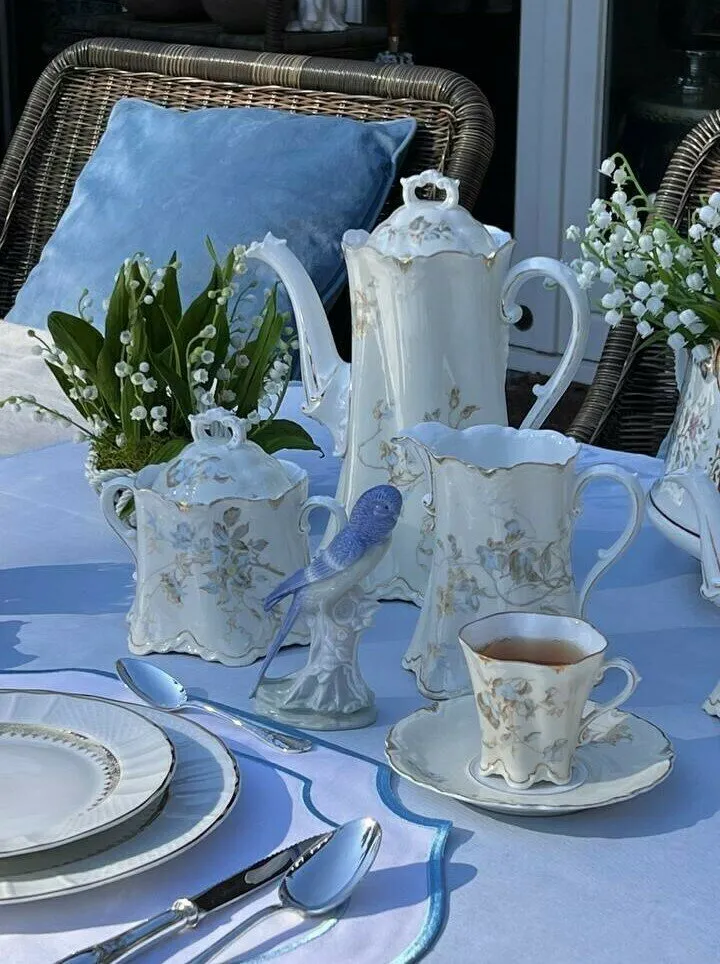 Keep a 'Collection Passport'
Keep a 'Collection Passport'Record where and when you found each item, its markings, and any known history. This gives your collection life — with soul and memory. Such a 'passport' also helps when insuring or passing down your collection.
 Use it!
Use it!Don’t let your tableware gather dust in a cabinet. Set the table, host tea parties, serve breakfast even on weekdays beautifully. That way you can enjoy your vintage pieces not only with your eyes but also with your heart.
 Consult with experts
Consult with expertsIf you want to start collecting seriously, reach out to professionals. They can help distinguish forgeries, tell you about rare pieces, and guide you on what to invest in.

Collecting vintage tableware is more than a trend—it's a lifestyle. It’s a love for details, handcrafted work, and the past that echoes in the present. You can begin with one cup. From there, your story will write itself through your own hands.
More articles:
 6 mistakes in organizing the wardrobe that you shouldn't repeat
6 mistakes in organizing the wardrobe that you shouldn't repeat Clearly Noticeable: 6 Signs of an Outdated Interior
Clearly Noticeable: 6 Signs of an Outdated Interior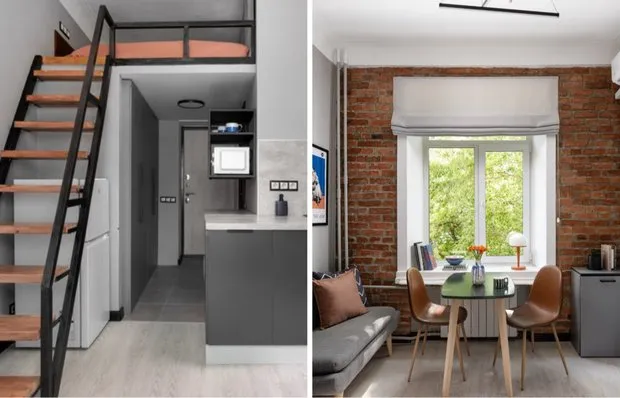 How to Save Space in a Small Apartment: 7 Simple and Effective Ideas
How to Save Space in a Small Apartment: 7 Simple and Effective Ideas 5 super solutions for relaxing on the balcony
5 super solutions for relaxing on the balcony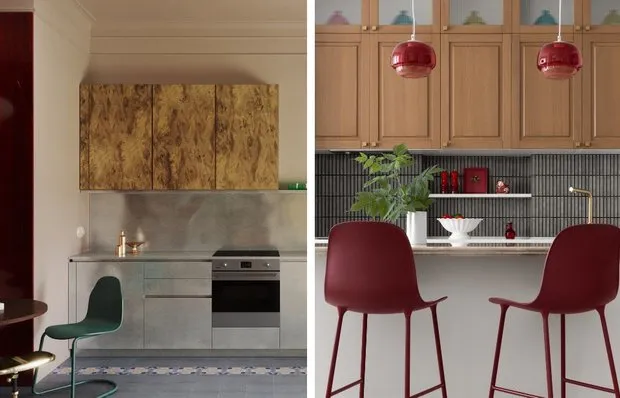 6 Ideas for Kitchen Apron Design That You'll Want to Implement
6 Ideas for Kitchen Apron Design That You'll Want to Implement Bathrooms in Old-Style Buildings: 5 Successful Examples
Bathrooms in Old-Style Buildings: 5 Successful Examples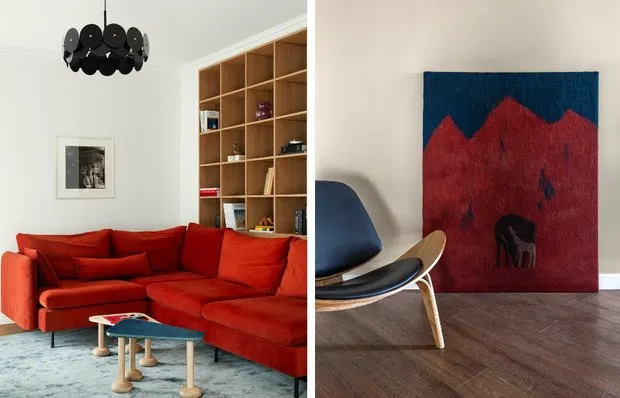 How to Fight Dust in Apartment: 11 Working Tips
How to Fight Dust in Apartment: 11 Working Tips Before and After: How to Transform a Dead Apartment into Your Dream Interior
Before and After: How to Transform a Dead Apartment into Your Dream Interior